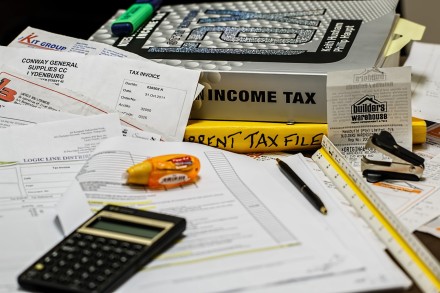
We’re going to close with a discussion of estimated tax payments.
To understand estimated tax payments and why you might need to make them, one needs to understand how taxes work.
First of all, tax refunds are not a magical creation (regardless of what the H & R Block and TurboTax commercials might imply).
I wrote about this in more depth here, but this is a basic overview.
The tax formula is:
- Income
- Minus certain expenses such as student loan interest
- Minus your standard deduction or itemized deduction
- Minus personal exemptions
- Equals taxable income
A certain amount of tax is owed on your taxable income. I’m sure some of you are saying “what are you smoking, Jason? I get a refund every year! I don’t have any ‘tax owed!’”
Well, just stay with me.
From the amount of tax owed, you subtract tax credits you qualify for, as well as any payments you’ve made during the year from paycheck withholdings … or estimated tax payments.
If the amount of your credits plus withholdings/estimated tax payments exceeds the amount of tax you owe, you get a refund.
So, a person who is self-employed will want to make estimated tax payments if: The amount of tax owed isn’t covered by paycheck withholdings and tax credits.

